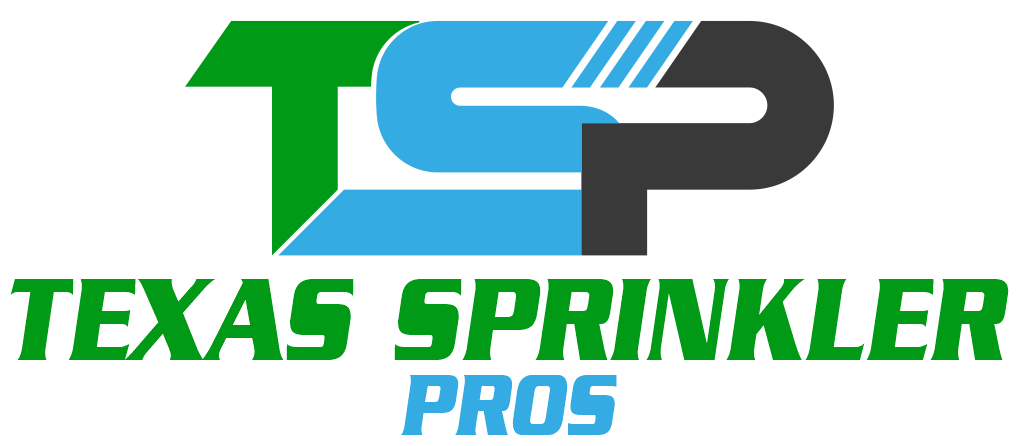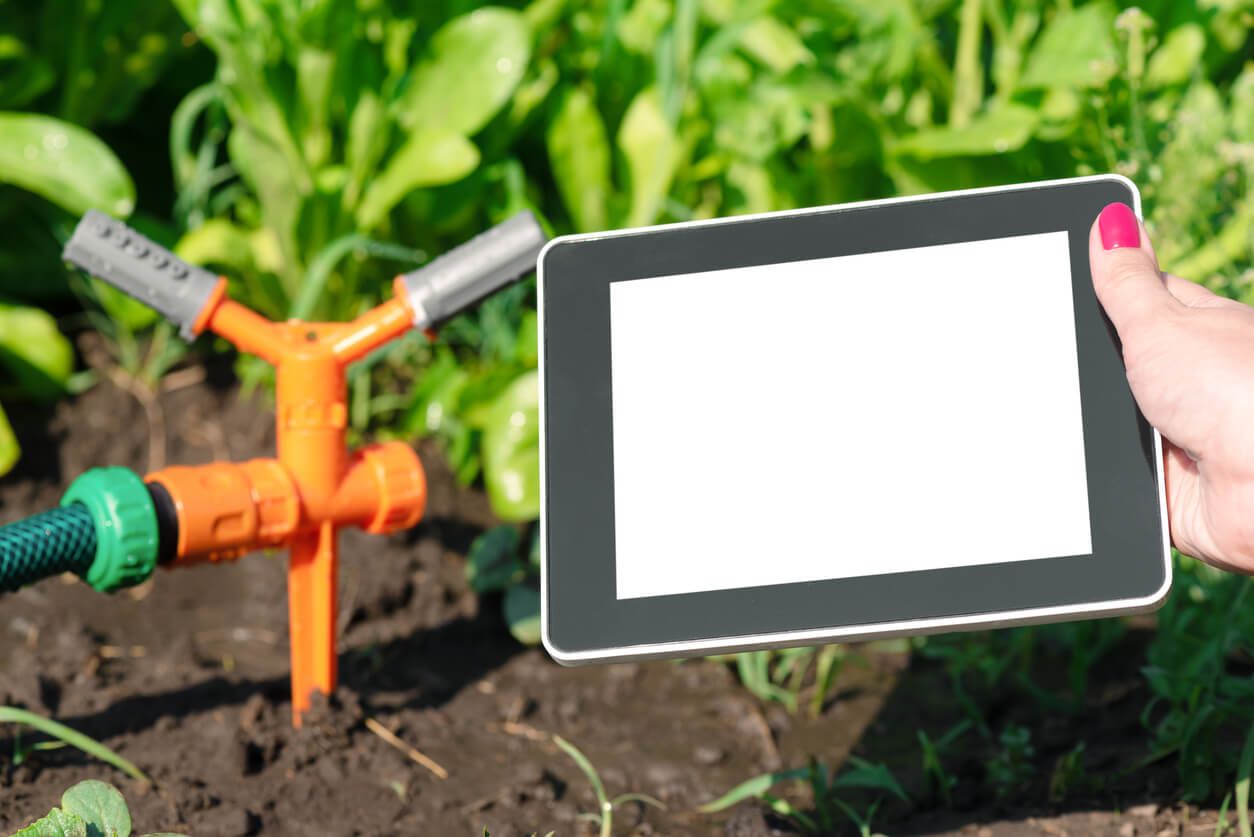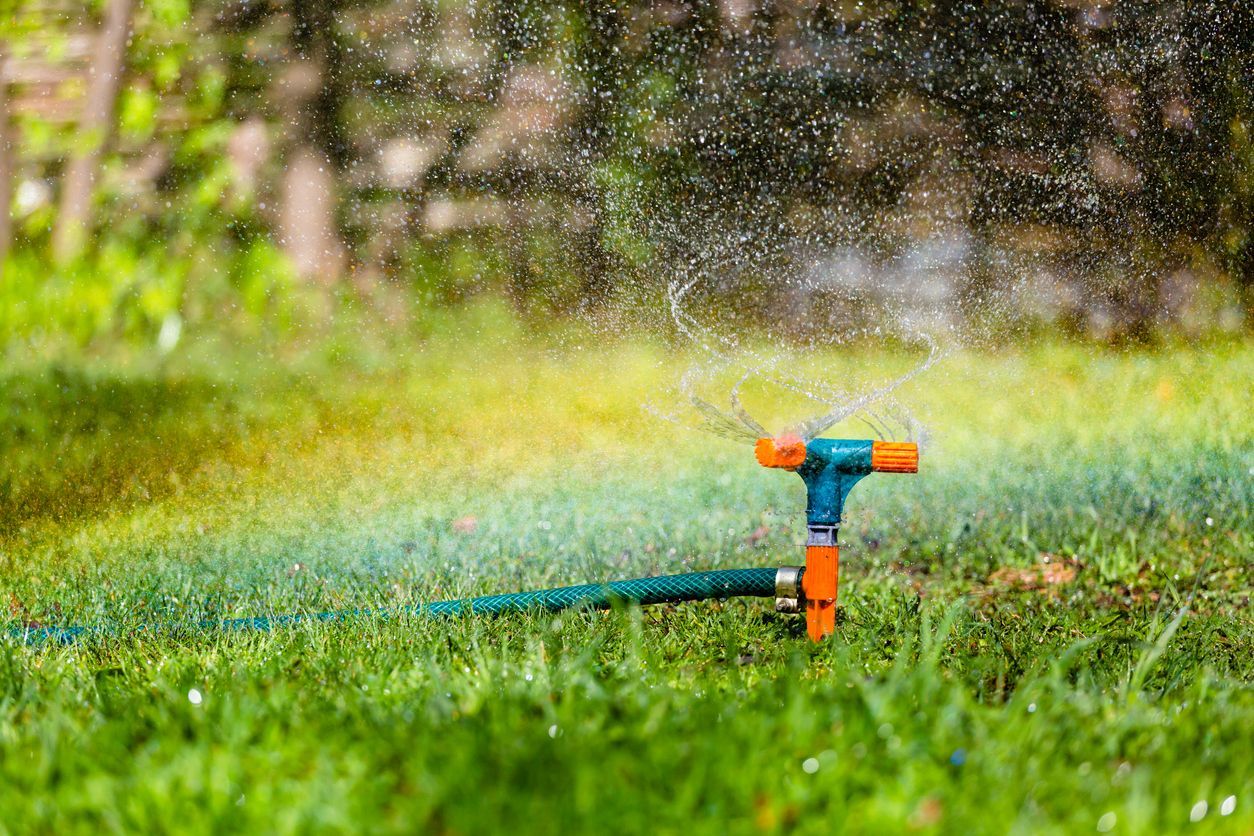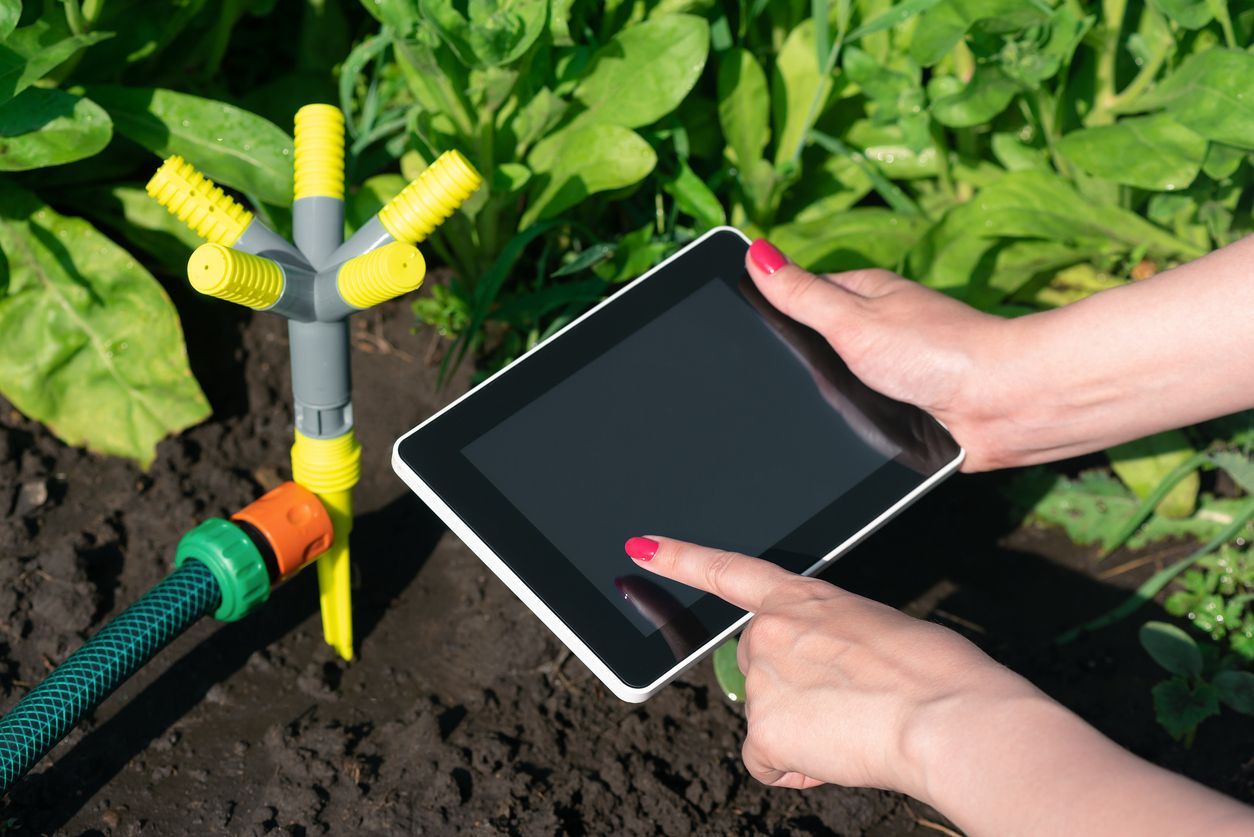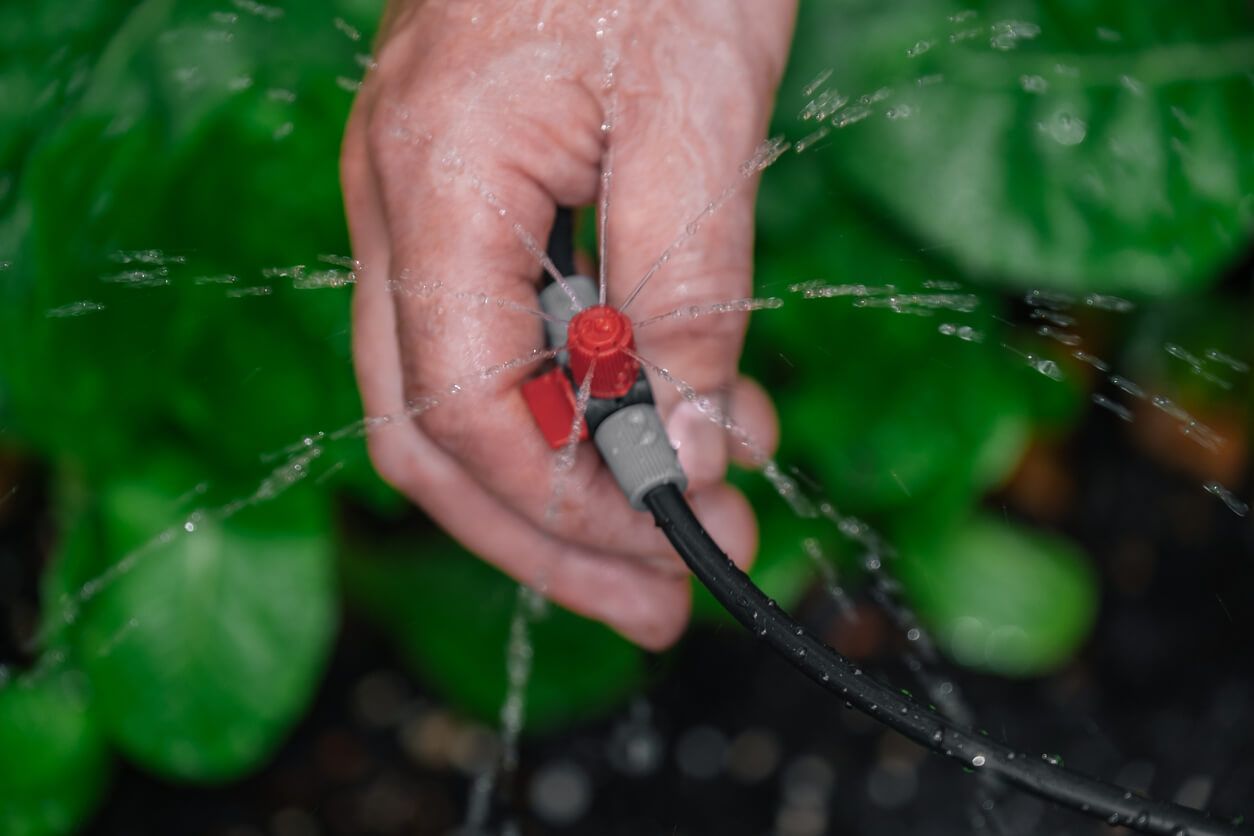How to Save Water With a Smart Sprinkler Controller
Conserving fresh water is becoming increasingly important for homeowners, gardeners, and farmers alike. Whether you maintain a lush lawn, a backyard garden, or even contribute to precision agriculture and food production, adopting a smarter approach to your irrigation system can have a major impact on both your water bill and your local environment.
Upgrading to a smart sprinkler controller is one of the most efficient and cost-effective ways to improve your irrigation water management, reduce waste, and achieve significant water savings and cost reduction over the long term. Using smart, water-saving irrigation technology not only benefits your landscape but is also a cornerstone of eco-friendly lawn care.
What Is a Smart Sprinkler Controller?
A smart sprinkler controller is a type of advanced irrigation technology designed to optimize how much water is delivered to your landscape. Unlike traditional manual timers, these controllers use local weather conditions and soil moisture sensors, and they even integrate with smart home devices to automate and enhance your irrigation.
Key Features and Benefits:
- Automated run schedules tailored to rainfall, temperature, wind, and evaporation rates
- Multiple zone control to accommodate different plant and soil requirements
- Remote access via smartphone apps like the popular Rachio app, letting you adjust or pause watering from anywhere
- Integration with rain sensors to minimize watering during or after natural rainfall
- Compatible with in-ground irrigation systems, drip irrigation systems, and above-ground sprinklers
This technology means you can irrigate your garden, lawn, or even larger-scale agricultural areas efficiently by using only the water required by your plants’ root zones, reducing runoff and limiting soil erosion. It supports eco-friendly lawn care for all landscapes.
How Smart Irrigation Systems Promote Water Conservation
Modern irrigation systems must address both efficiency and environmental concerns. Smart controllers make a difference by:
- Adapting to Local Weather. Automatically adjusting watering based on real-time rainfall, air temperature, humidity, and forecasted drought or rain events.
- Measuring Soil Moisture. Employing sensors to determine when and how much your soil needs, preventing overwatering and wasted water.
- Segmenting Watering Zones. Customizing schedules for zones with clay or sandy soil, sun or shade, and plant type, from turf to shrubs or food crops.
- Reducing Water Waste and Runoff. Accurate targeting keeps water in the root zone, where plants absorb it best, and reduces evaporation and runoff into lakes and streams.
- Lowering Costs. Less irrigation water use equals more money saved on your water bill and helps maintain compliance with local water restrictions.
Example: A Rachio controller or a similar device uses data from weather stations and the latest irrigation technology to activate your system only when necessary. Over the course of a season, this can result in significant water saving, conserving thousands of gallons and improving overall efficiency. This level of saving not only reduces your lawn and garden’s environmental footprint but also supports sustainable outdoor watering practices.
Common Types of Irrigation Systems and Components
There are many types of irrigation solutions, each with unique advantages:
- Drip irrigation systems. Provide water straight to the earth and roots of plants, reducing waste and weed growth since foliage remains dry. This is a popular irrigation option for home gardeners and farmers with vegetable gardens and other high-value crop efforts.
- In-Ground Irrigation Systems. Utilize buried pipes, sprinkler heads, and versatile sprinkler nozzles to deliver even coverage across lawns or large landscapes.
- Sprinklers. It comes in many forms, from rotating heads to fixed spray nozzles, and is ideal for larger, open areas.
- Rain Sensors and Flow Meters. Integrated into a smart or Wi-Fi sprinkler system to shut off the system when natural rainfall meets plant demand.
Selecting the right components makes your irrigation system efficient, reduces soil erosion, and keeps both gardens and crops healthy.
Signs Your Irrigation System Needs Attention
Efficient water usage depends on proper system operation. Here’s what to look for:
- Dry patches or uneven green areas in your lawn or garden
- Overly saturated spots or pooling water, signaling possible pipe leaks or clogged sprinkler nozzles
- Low pressure, indicating blockages or a controller that isn’t running schedules as programmed
- Obvious leaks or broken sprinkler heads resulting in wasted water
Frequent troubleshooting may mean it’s time to replace outdated parts, reprogram your smart sprinkler controller, or inspect for issues like leaks, broken pipes, or damaged rain sensors.
Troubleshooting and Optimizing Your Irrigation System
Homeowners and farmers can take several steps to keep their system running efficiently:
- Regularly inspect sprinkler heads and nozzles for clogs and alignment; clean or replace as needed.
- Test drip irrigation emitters to confirm even water flow.
- Check the controller and rain sensor functionality. Make sure they connect properly and respond to environmental changes.
- Use the controller app to track water usage, tweak run times, and adjust schedules for each zone based on recent rainfall, forecasted drought, and plant type.
- Make sure all pipes are intact and buried to prevent accidental damage and reduce water loss.
If problems persist, consider getting a professional irrigation assessment to safeguard your investment and conserve water.
How to Select and Install a Smart Sprinkler Controller
If you still rely on manual controls or a basic timer, upgrading to a smart solution offers more control, cost savings, and water conservation.
Important Factors to Consider:
- Check that the controller works with your current irrigation system, including the number of zones, existing wires, pipes, and sensors.
- Choose products that integrate with smart home platforms and personal preferences (e.g., Rachio app, Amazon Alexa, Google Home).
- Look for features like adjustable run schedules, water usage analytics, and support for both sprinklers and drip irrigation.
- DIY installation is possible for most systems. Disconnect the old controller, connect the new one, and set up Wi-Fi access. For complex landscapes or large food production operations, professional installation might be preferred.
Remember, replacing outdated systems not only conserves more fresh water but can also help minimize runoff, soil erosion, and overall maintenance effort.
Eco-Friendly Lawn and Garden Tips for Conserving Water
Maximize the benefits of your smart controller and irrigation system with these sustainable lawn care strategies:
- Install drip irrigation for vegetable gardens or flower beds to deliver water where it’s needed most.
- Mulch the soil to reduce evaporation and keep moisture around the root zone.
- Adjust schedules to irrigate early morning or evening, when wind and sun demand is lower, reducing loss to air and promoting deeper watering.
- Group plants with similar water needs together for more efficient zoning.
- Use native plants and drought-tolerant varieties to replace high-demand turf, further conserving water and nutrients.
Smart Irrigation Starts Here: Contact Texas Sprinkler Pros
Whether you're caring for a home lawn, an urban garden, or managing a farm to increase crop yields, investing in a smart sprinkler controller is a smart choice. These advanced devices save money, help comply with water restrictions, and significantly reduce water waste. With seamless integration into popular smart home platforms and precise scheduling based on sensors and weather data, they offer an effective and user-friendly way to conserve water.
Our experienced team specializes in installing, upgrading, and maintaining smart sprinkler controllers and efficient irrigation systems for homes, gardens, and farms across Texas. With Texas Sprinkler Pros, you’ll receive expert advice, high-quality products, and personalized solutions designed to save you water and money while keeping your lawn and garden healthy.
Stop wasting resources and let the professionals handle your irrigation needs. Call us to schedule a consultation and take the first step toward sustainable, hassle-free watering!

